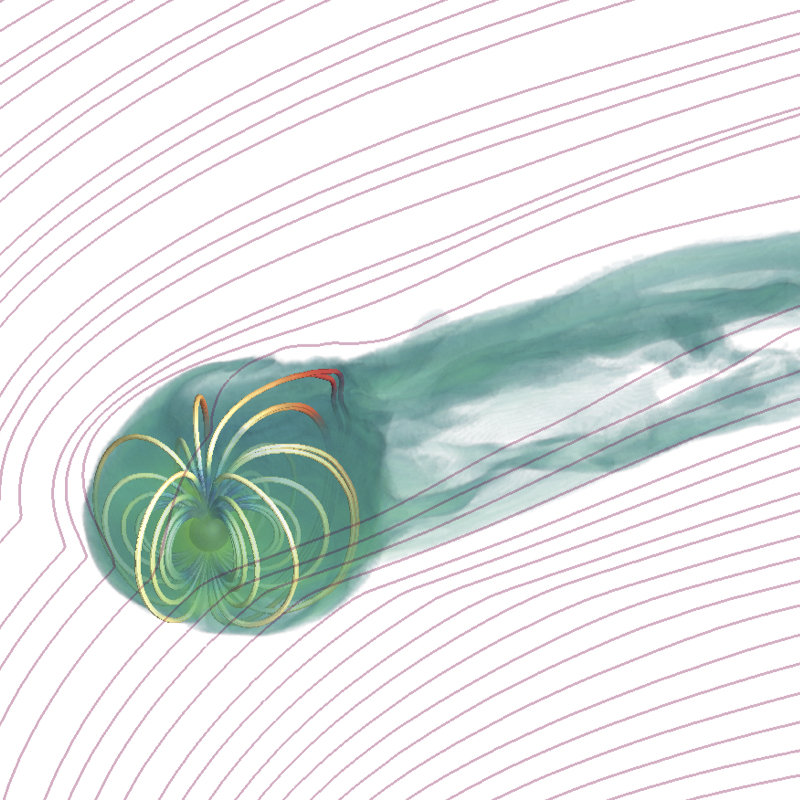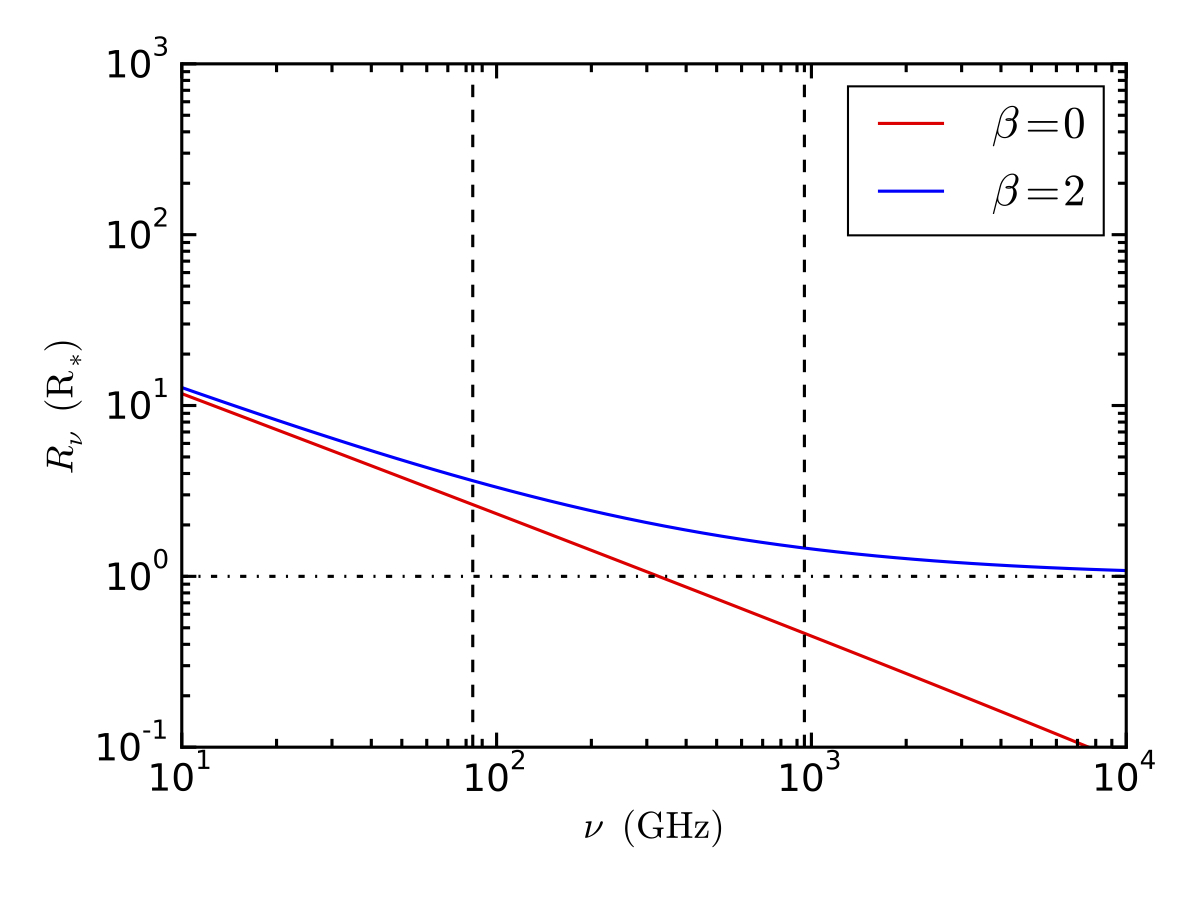I am currently a research fellow investigating stellar prominences at the School of Physics and Astronomy at the University of St-Andrews.
After Graduating from The University of York in the summer of 2014 with a first class MPys degree in Theoretical Physics, I began my studies towards a doctorate in Astrophysics in September of 2014, which I obtained in the Autumn of 2018. My first post-doc position was at Maison de la Simulation, CEA-Saclay, Paris, where I investigated convective motion in exoplanet atmospheres. After this I moved to a position as an associate researcher at the Cavendish Laboratory, University of Cambridge, UK, were I helped develop software for the Square Kilometre array.
On this site you can find links to my Github repositories, read my CV (within which you can find contact information), view a list of my publications and read about my current and past research. In addition you will also find an introduction to my python based hydrodynamic code Mars.
I am also an avid climber and spend numerous hours falling of rock, for some reason. So here you can read about my climbing/bouldering projects as well.
Recent Work

Thermal radio emission generated in the wind of a 26 solar mass star. The winds of these type of massive stars are highly dense and hot regions leading to bright, detectable radio emission. This simulation explores the impact that magnetic fields have on the emission structure of the wind.

Planetary wind material interacting with the magnetic field of a solar type star. The plasma of the planetary wind forms arching structures as it follows the magnetic field lines as it is drawn down to the stellar surface by the stars gravitational field.

Magnetosphere of a hot Jupiter exoplanet embedded in the wind of its host star. The red stream lines illustrate the stellar wind and the blue-red stream lines indicate the planetary magnetic field. The green cloud represents the material lost by the planet due to the stars intense FUV radiation.

This figure shows the effective radius, as seen by an observer, at different emission observing frequencies. The two curves illustrate the case when the acceleration of the stars wind is accounted for (blue line) and when it is ignored (red line). At higher observing frequencies, it becomes increasingly more important to account for wind acceleration.



